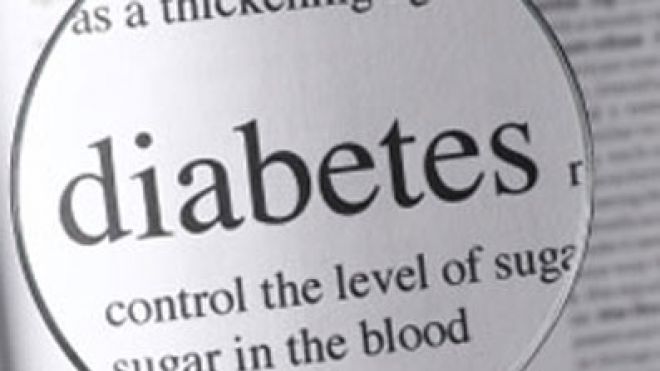
Racism in Nursing: Results from RWJF Survey
A recent survey from the Robert Wood Johnson Foundation found that nurses experience or see exceptionally high instances of discrimination and racism in the workplace and while in nursing school.
The Insights Into Nurses’ Experiences and Perceptions of Discrimination survey was conducted to uncover what and how much intentional and unintentional discrimination nurses experience or see across their careers. Beginning even in nursing school, the survey found that nurses are seeing or experiencing discriminatory events and attitudes from both their patients and their colleagues, despite most respondents (90%) reporting that organizations are making diversity, equity, and inclusion a priority in the workplace.
The survey sample of 980 respondents were 24 percent Asian, 24 percent Black/African American, 23 percent Latino/Hispanic, 11 percent Other, and 32 percent White/Caucasian. Males accounted for 16 percent of respondents, 82 percent were women, and 2 percent were nonbinary or preferred not to answer.
While the incidence of discrimination from colleagues was less than that from patients, the respondents reported high numbers of each (59% vs. 79%). The survey asked nurses about racism or discrimination in nursing school environments and found that while the majority reported that nursing curriculum did provide information about culturally competent and racially sensitive bedside care, only about one-third reported a curriculum that included topics like racial bias or systemic racism in healthcare settings or the healthcare industry.
And while workplaces are making DEI a priority, more than 3 out of 4 nurses who experience racism, discrimination, and microaggressions are not formally reporting those to their workplace. A higher number (40%) say they will discuss either seeing or experiencing discriminatory incidents with a supervisor and 57 percent say they talk about it with their fellow nurses.
The survey also looked at microaggressions which can have a significant impact on a working environment and nurses’ personal well-being. Nurses who were Asian, Black/African American, and Latino/Hispanic were more likely to report they experienced microaggressions from others. Patients were the source of microaggressions most of the time with sixty-six percent of nurses reporting some kind of microaggression based on race or ethnicity. And the working location made a difference in the survey results. Nurses in a nursing/residential care facility or home health care role reported the greatest number of incidents (88%) compared to 78 percent in a private practice/doctor’s office/outpatient clinic setting.
But close to half of the respondents reported the same kind of behavior from their colleagues with the highest percentages (65%) reported in a hospital health system setting or “other” setting. Nursing supervisors, human resources staff, and senior management were also identified as being the cause of discriminatory incidents, particularly for Black/African American respondents. Incidents included being threatened, insulted, called by a slur, or unfairly humiliated in front of colleagues.
The impact on nurses is considerable. Ninety percent of those who experienced or saw discrimination in the workplace say it affected their personal mental health and well-being. And about half said it had a negative impact on their relationships with those in more senior roles and with their nursing colleagues.
Nurses say improvements including more focused hiring practices, more DEI training and education, clear paths for reporting, a zero-tolerance policy for discrimination, consequences for incidents, and encouraging all nurses to report seeing or experiencing incidents (including an option to remain anonymous) would help the nursing workplace and industry.
The survey offers plenty of information for nurses and nurse leadership to discuss and begin implementing changes to improve conditions for nurses.



